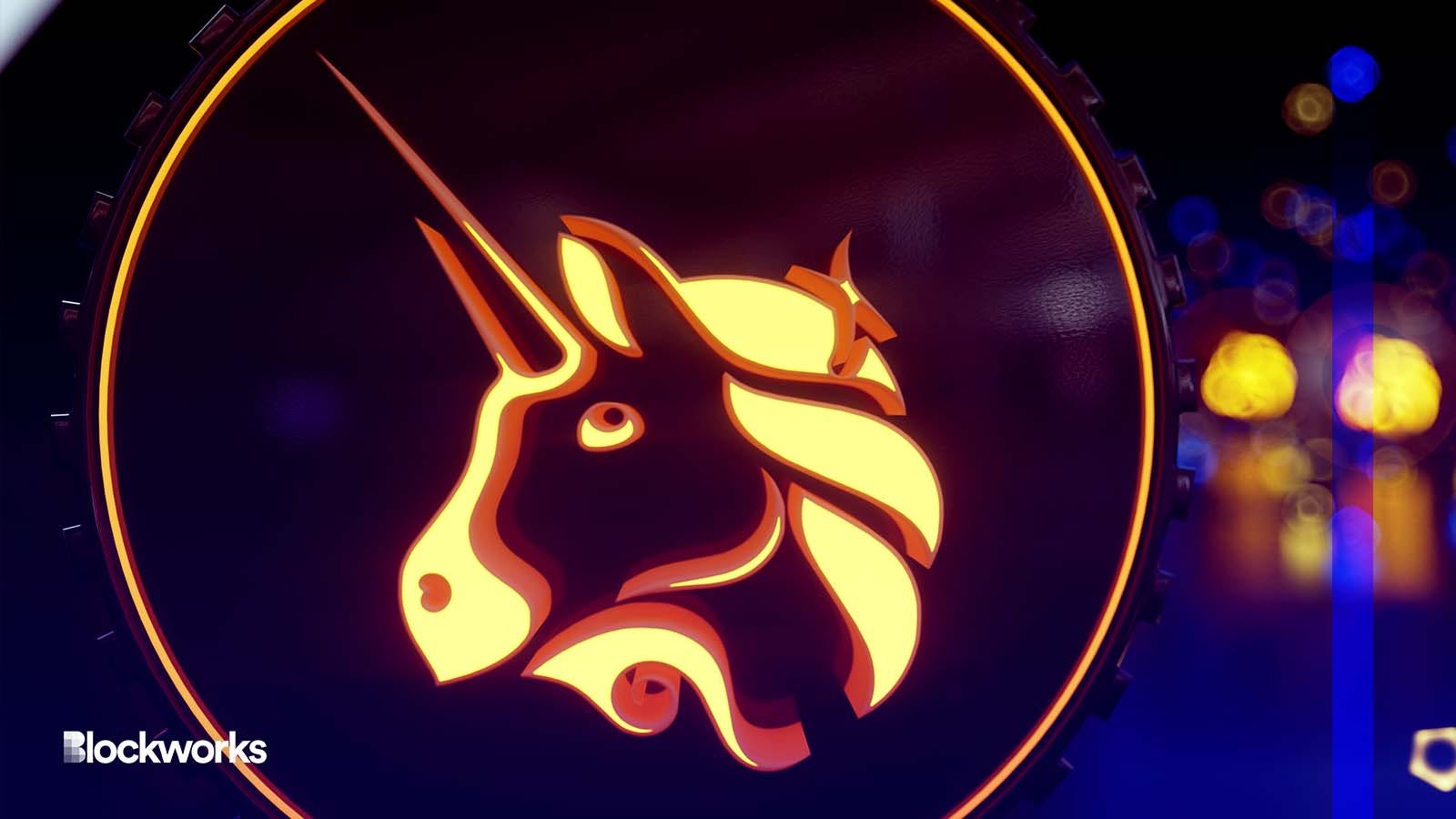Crypto Bridges Tend To Collapse: How Uniswap Is Optimizing for Safety
The Uniswap Bridge Assessment Committee will look at eight bridges and three bridge-agnostic solutions

Aleksandra Sova/Shutterstock.com modified by Blockworks
Uniswap has assembled a team of six engineers to evaluate bridge providers as the protocol plots expansion after a record year for bridge hacks in 2022.
The Uniswap Bridge Assessment Committee will look at eight bridges and three bridge-agnostic solutions, the protocol announced Thursday. The team is tasked with evaluating the providers and making recommendations.
“With a focus on the needs of Uniswap governance, they will leverage this diligence to provide a short-term recommendation for how the Uniswap community might approach bridges in the coming weeks,” Devin Walsh, executive director of the Uniswap Foundation, wrote in the governance forum.
The eight bridge providers the committee will focus on are Axelar, Celer, deBridge, Hyperlane, LayerZero, Multichain, Router Protocol and Wormhole. The bridge-agnostic solutions are multi-bridge implementation, built by the Celer team; Block Header Oracle based solution, being built by the Gnosis team; and ERC-5164.
Bridges in DeFi allow two or more blockchains to share data, allowing for users to participate and engage with multiple protocols and access assets across networks. The newer technology seeks to solve a major pain point for the industry, but they are also vulnerable to hacks and security breaches. Bridge-agnostic solutions are not tied to one blockchain and can be used across many protocols.
Cross-chain bridge thefts exceeded $1 billion in 2022, according to analytics and compliance firm Elliptic. Harmony, Sky Mavis and Wormhole were among the largest to suffer blockchain exploits last year, totaling more than $100 million.
Uniswap assembled their committee members with technical experience and high-level understanding of bridge architecture and risk points, Walsh said in the post. The protocol tapped Sean Casey, the co-chief technology officer and head of Enzyme Protocol Development at Avantgarde Finance, and Ben O’Neill, vice president of business operations at Chaos Labs — among others.
The team plans to expand in the next few weeks, Walsh added, noting that anyone qualified can reach out to her.
Get the news in your inbox. Explore Blockworks newsletters:
- The Breakdown: Decoding crypto and the markets. Daily.
- 0xResearch: Alpha in your inbox. Think like an analyst.






